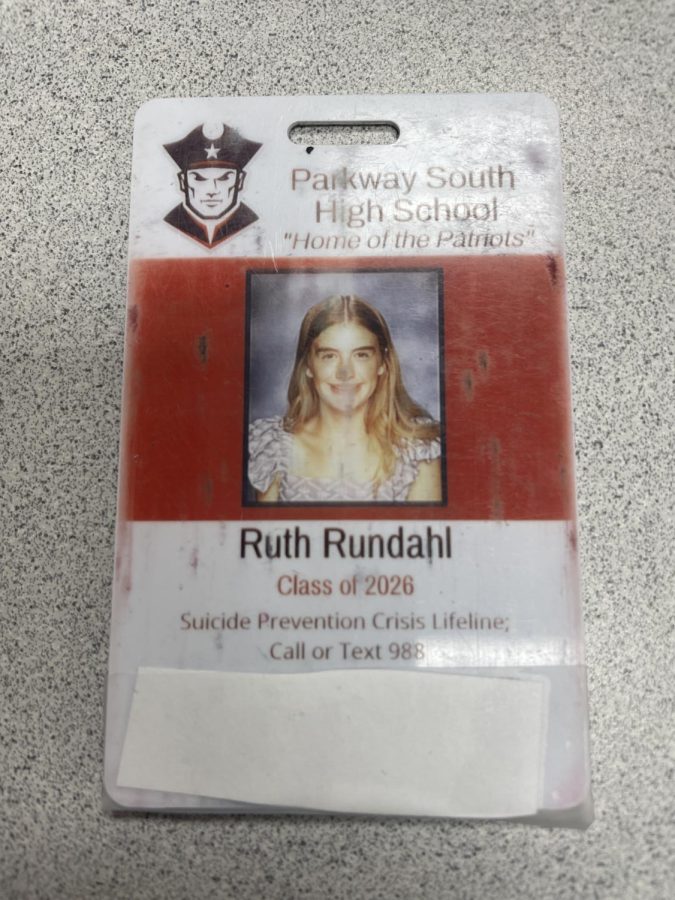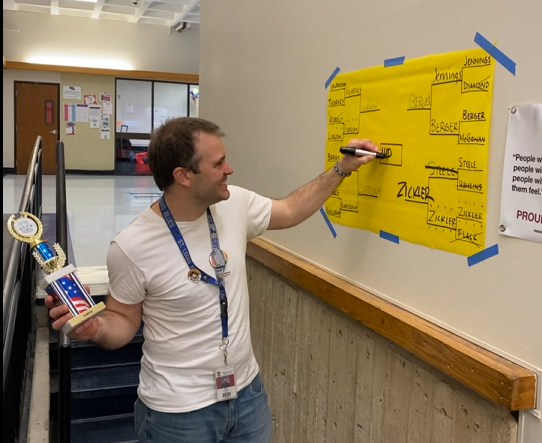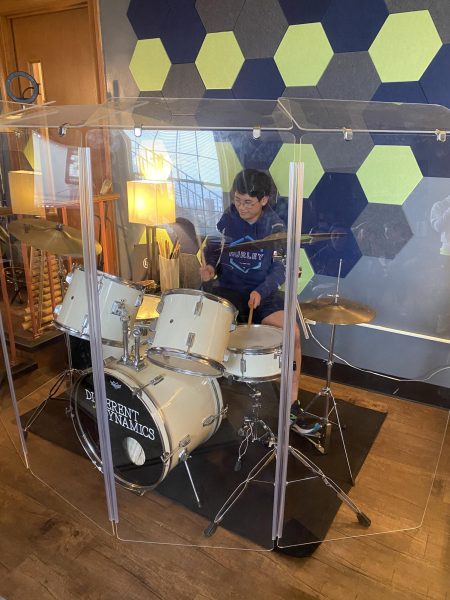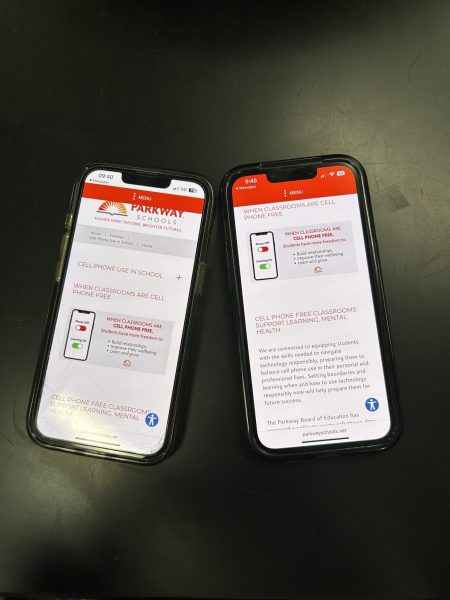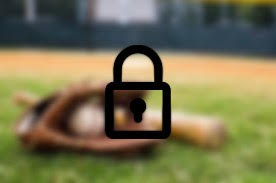ID, please?
Students, teachers question usefulness of student IDs
Students at South High are given Student IDs each year and told to keep them. But what are they really used for?
Teachers say to keep it for football games, Homecoming, big tests, and other school-sponsored events; however, those expectations are not enforced. Additionally, the ID itself includes very little useful information; most students don’t even know why we were given IDs.
“I have never used my student ID, I haven’t used it since they gave it to me,” freshman Carly Lammlein said.
If students never actually DO need their ID, it gets forgotten or left at home. This wasn’t always the case in the past. School ID’s have been used in schools for approximately 25 to 30 years and the way they are used has differed throughout the years. And with that so have the expectations for them.
“When we first got student IDs, we were supposed to ask a student for their ID and they should be able to pull it out. Like if there was something going on in the hallway I could ask them to see who they were and identify them. As teachers now, no one really follows that old expectation,” English teacher Jean Nalbandian said.
This was an initiative Parkway started with the intention of being able to keep track of students around the building. Unfortunately, this practice for teachers went out the window and has never been used again. This could be for a multitude of different reasons, one being it takes too much time to enforce.
“Parkway often starts initiatives that it doesn’t follow through on because it either doesn’t have the manpower or guts to keep it up. These incentives are often forgotten about and not used again,” Nalbandian said.
The main question is what is the main purpose of our IDs? Right now they are used for buying prom tickets, identification for the ACT, and renting a book at the library. Although, most students can participate in those activities even without having an ID. Teachers can look up their name or use their student pin to replace showing the ID. Looking forward, there has been talk of amping up the requirements for the use of IDs.
“There have been discussions about changing how they are used. I think the biggest thing is that for lunch every ID could have a barcode on it that would have your account information. It would make lunch much easier, and quicker because you could just scan it. Although the question is, is it worth the investment because most students already know their pin?’ Assistant Principal Eric Wilhelm said.
Even though this topic is not brought up much among students, when it was, many students thought of ways the ID could be used going forward.
“It would be a good idea because if someone comes in the middle of the day you would show your ID to get into school. So that there could be a way of keeping track of who is coming in and out of the school,” freshman Ethan Carroll said.
The all-around consensus seems to be that using IDs for security or other things like lunch are very helpful ideas, but even though it sounds easy enough it may not be. Especially with the number of students at South.
“The fear with allowing students to scan in and out, is that if they lose their ID someone else could get it and use it. It can just become a hassle if a student is losing their ID every day,” Wilhelm said.
There are so many factors that are considered going into changing the way things are done in a school. As technology evolves and more and more things become digitized, IDs could become something you get on your phone instead of a physical card. This would make them more accessible, and a safer way to prevent anyone who’s not a student from getting into the school.
“Considering the school safety concerns of our current time, changing the way IDs are used would be a good step to encourage safety throughout the school,” Nalbandian said.


